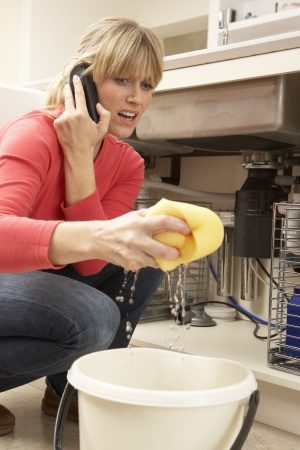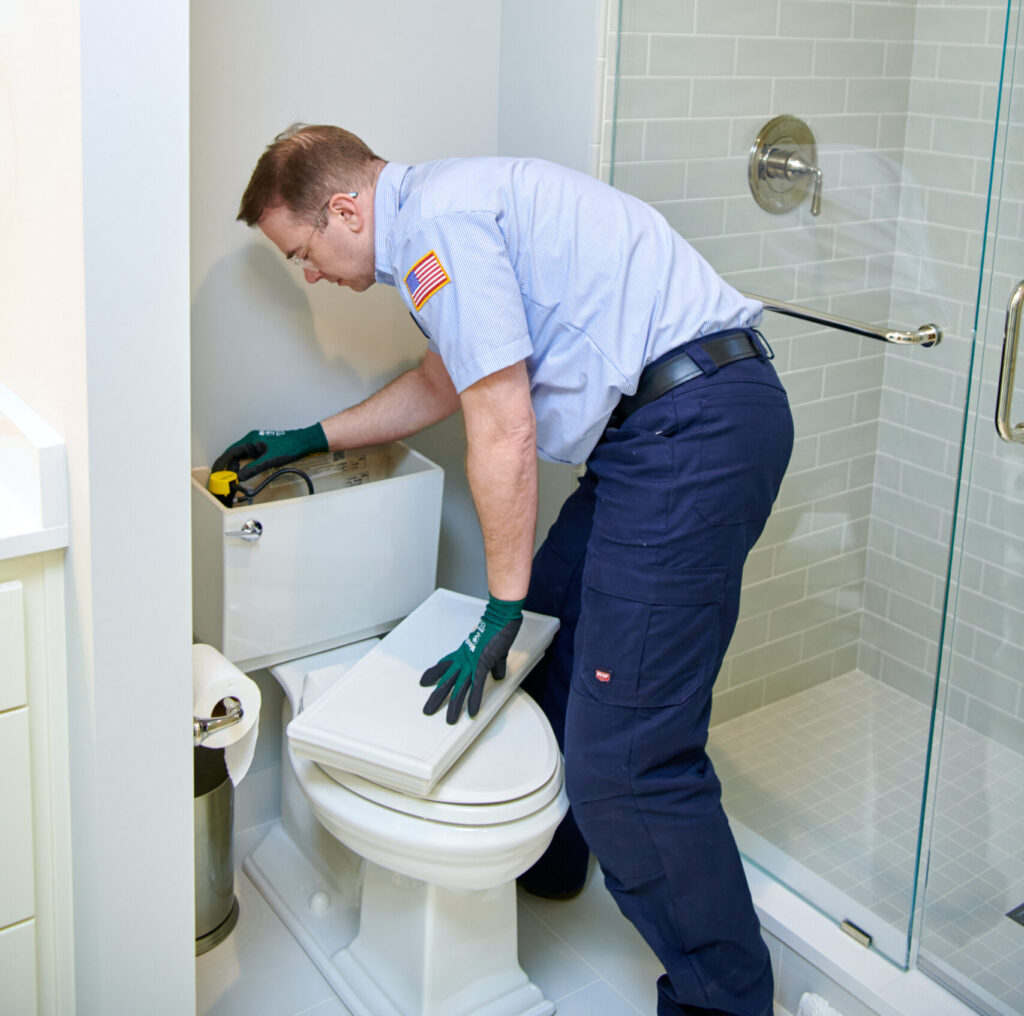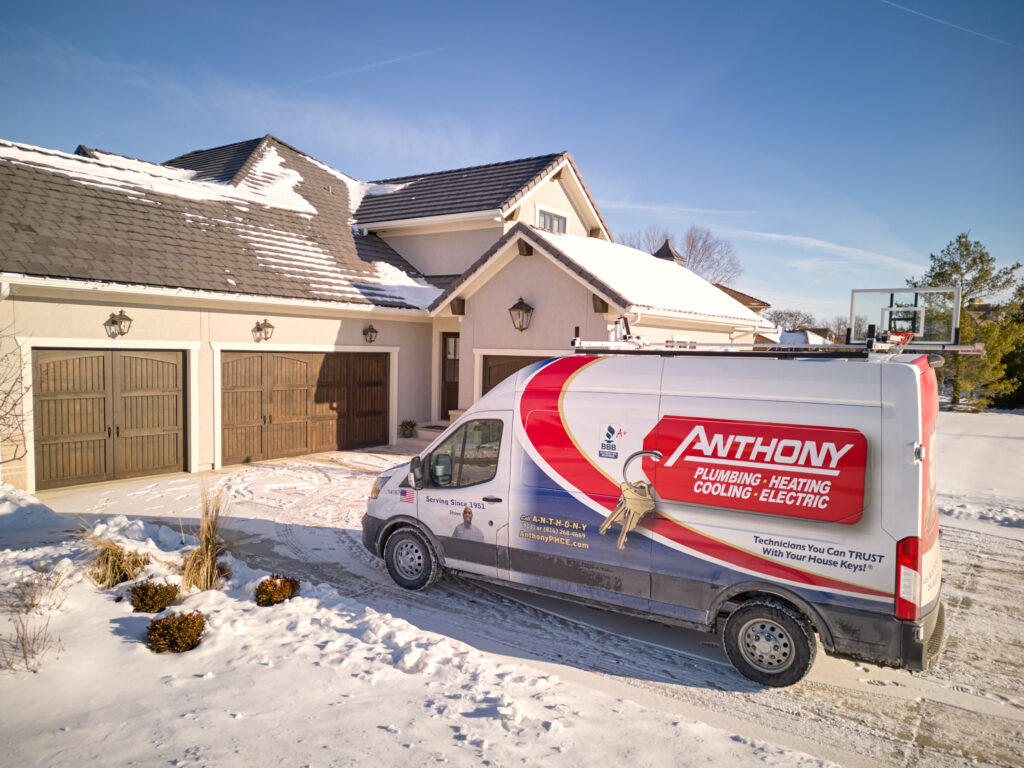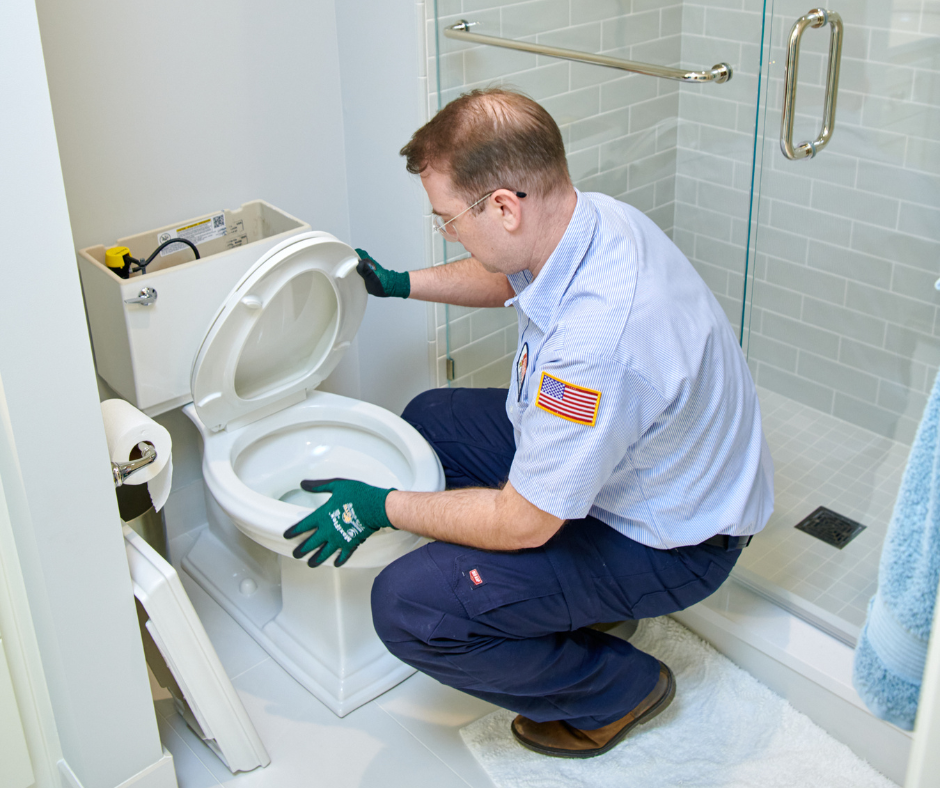BLOG
Plumbing Myths

Plumbing Myths Debunked
Over the years, plumbing technology has evolved. With this evolution, many plumbing myths have been busted. Below, we outline these myths and their true counterparts. In order to educate you and to keep your home safe, we would like to share the plumbing myths that have been busted over the years.
1. Drains empty counterclockwise south of the equator.
Your location around the globe does not affect the direction of the water. The direction of the drain is determined by the toilet’s construction and the flow of the water, rather than its location.
2. You can flush cat litter.
Cat litter itself is flushable because it is water soluble. The waste that is found in the litterbox, though, is not safe to flush. Cat waste is known to have It’s common to find toxic parasites in the waste that can be harmful to any toilet-user, especially pregnant women.
3. Plumbing doesn’t conduct lightning.
Metal pipes conduct electricity. Whether they’re in your kitchen, shower, toilet or a faucet on the outside of your house. Water also conducts electricity. When water gets in contact with your metal pipes, this multiplies the possibility of electrocution. This is why the widely-known fact that you shouldn’t take a shower during a storm, is indeed a fact, and not a myth.
4. Water heaters do not explode.
The pressure that builds up while heating your water is supposed to be released with the pressure relief valve. That valve has potential to fail, in which case the tank could explode, because of built up pressure. To avoid this valve failure, yearly maintenance is suggested to flush the tank.
5. Putting orange peels down the drain is good for the garbage disposal.
These peels will only help the scent of your kitchen, not the function of your disposal. In fact, the thickness of the peels may actually harm your garbage disposal, especially if it’s an older one. To avoid potentially damaging your disposal, we recommend simply setting the peel on the counter or in your sink.
6. A wire hanger is a cheap alternative to a plumbing snake.
This is one of the most dangerous plumbing myths. The wire hanger itself will scratch your pipes, making it easier for buildup to occur. If you must use a hanger, it’s best to wrap a cloth around the end of the hanger and secure it with a rubber band.
7. Water draining means a clear drain.
The fact that water, food waste, etc. are able to go down the drain does not mean that the drain is clear. It’s normal for waste to build up in the pipes over time, so your drain is never truly clear. It is also very possible for your drain to be clear one day and drain slowly the next day, if at all
8. Flushable wipes are safe for the toilet.
These wipes are flushable because they can successfully go down the drain. Just because the wipes are flushable does not mean that they are safe to flush. Flushable does not mean that they can break down in the future, either.
9. My pipes are draining perfectly fine, even though they’re not very new.
Although your pipes may be draining alright, it’s common for older pipes to be made of lead. Also, modern plumbing systems are typically more efficient and can save you money in the long-run, although it may be expensive to upgrade.
10. Ice cubes sharpen the garbage disposal blades.
Ice cubes do not sharpen the blades, nor do they dull them. They’re are good at cleaning the garbage disposal blades, though. People also commonly clean garbage disposals with eggshells - they’re good at scraping but also break down easily.
11. Putting a brick in the toilet tank saves water.
This brick will only hurt your toilet and cost you more money than it will save you. Bricks deteriorate over time and can cause important toilet parts (like the flapper) to break. Sometimes, adding an item to the toilet tank can put strain on the toilet and can cause you to flush twice.
12. Bleach tablets will keep the toilet clean.
Chemical tablets should never be placed in the toilet or its tank. To clean your toilet, we suggest using cleaners that are specifically designed for a toilet - the different parts of a toilet are delicate and can be destroyed if they come in contact with too much bleach. If you’re set on using bleach, it’s best to put some bleach in the bowl, but to flush it within 10 minutes to prevent damage.
While those plumbing myths won’t help you, these following plumbing truths will keep your plumbing feeling and working like new.
1. Always run water with the garbage disposal.
The water helps push the food scraps down the drain and out of your pipes. Without the water, it’s likely that your pipes will get clogged with buildup of food scraps from your sink and dishwasher. Not only is food buildup bad for the pipes, it can also harm the garbage disposal motor. If your motor ever gets overwhelmed, call am Anthony Plumbing professional, for your safety.
2. Schedule preventative maintenance.
Just like your body needs regular check ups, so do your pipes. Plumbing professionals recommend having a plumbing inspection once a year. We also suggest having everything checked out if a plumber comes out to fix a problem before your next check up.
3. Keep an eye on your drains.
As soon as you notice your sink or shower draining slower than usual, call us. The longer the clog sits there, the more damage it does to the pipes. To avoid a clogged drain, you can place a strainer in the sink or tub to catch any big scraps that would cause a clog.
4. Look for leaks.
Just like we agree that regular maintenance is ideal, you should always keep an eye out for leaks in your home. This is especially important in the winter, when temperatures drop quickly. We suggest checking your pipes every week and replacing any damages immediately.
5. Check your water pressure.
Most people like a high water pressure in their shower, and in any faucet, for that matter. There is such a thing as water pressure that is too high, though. It’s recommended to keep the pressure between 40 and 85 psi. Any pressure above 85 will put too much pressure on the pipes and there’s a chance they could leak or even burst. You can buy a gauge at stores like Home Depot or simply call us and we will come check your pipes for you.
6. Be careful with chemicals.
It can be tempting to use chemicals to “clean” your drains. Not only are these chemicals harmful for your pipes, they’re not good for your health, either.While they can be a good quick-fix, they can cause long-term harm to your pipes. We suggest using the classic plumbing solutions such as a plunger or, simply calling us to help you.
7. Upgrade your hoses.
Most washers, dryers and dishwashers come with a rubber hose. This material is prone to leaking or even bursting. To save you hassle in the future, it’s best to switch this rubber hose with a stainless steel braided hose.
8. Know the source.
If a pipe were to ever burst in your house, it’s important to know where the water can be controlled. There is typically a water main that controls the whole house and each toilet and sink in the house has its own valve. Most people turn off the main valve when going away on a long vacation, to avoid returning to a flooded basement.
We hope that your new knowledge of these plumbing myths and truths will help you maintain your pipes without a problem. When it's time for your home's annual check up, contact Anthony for a quick visit!




